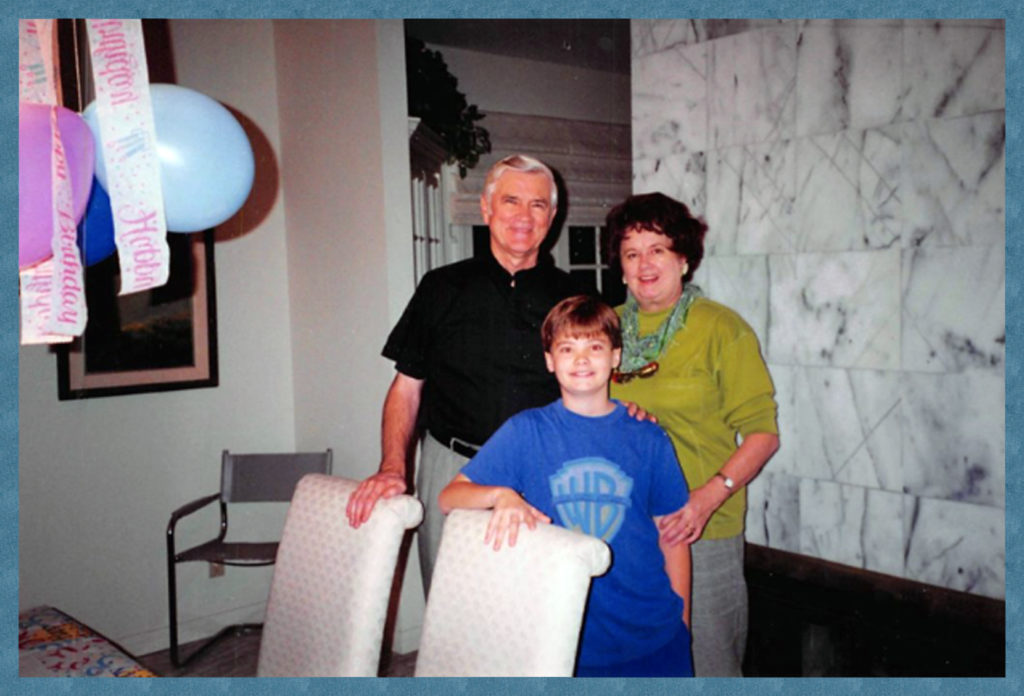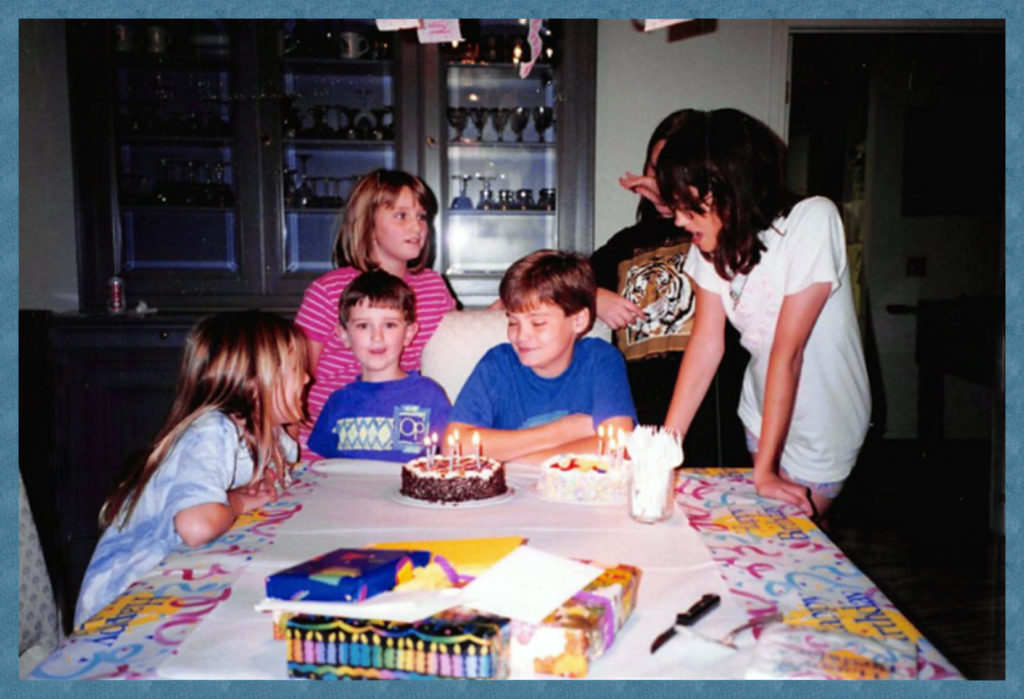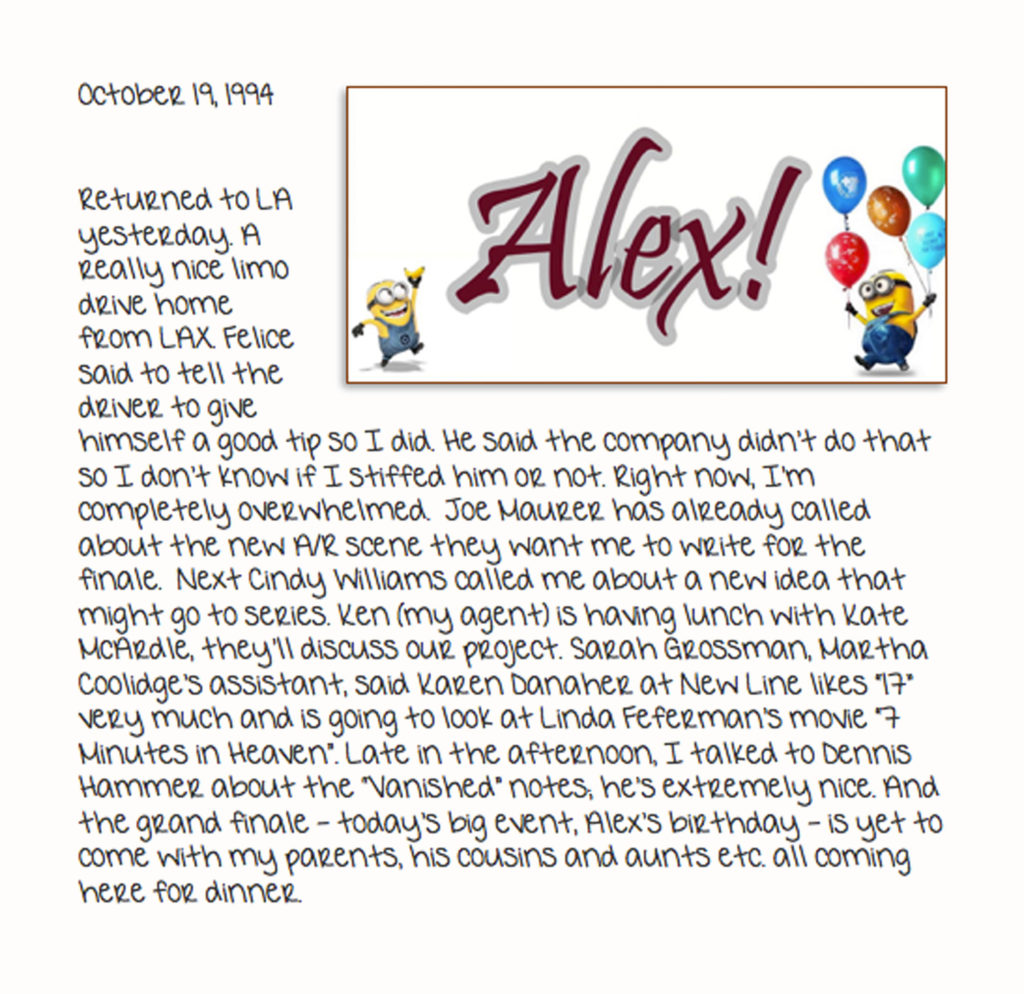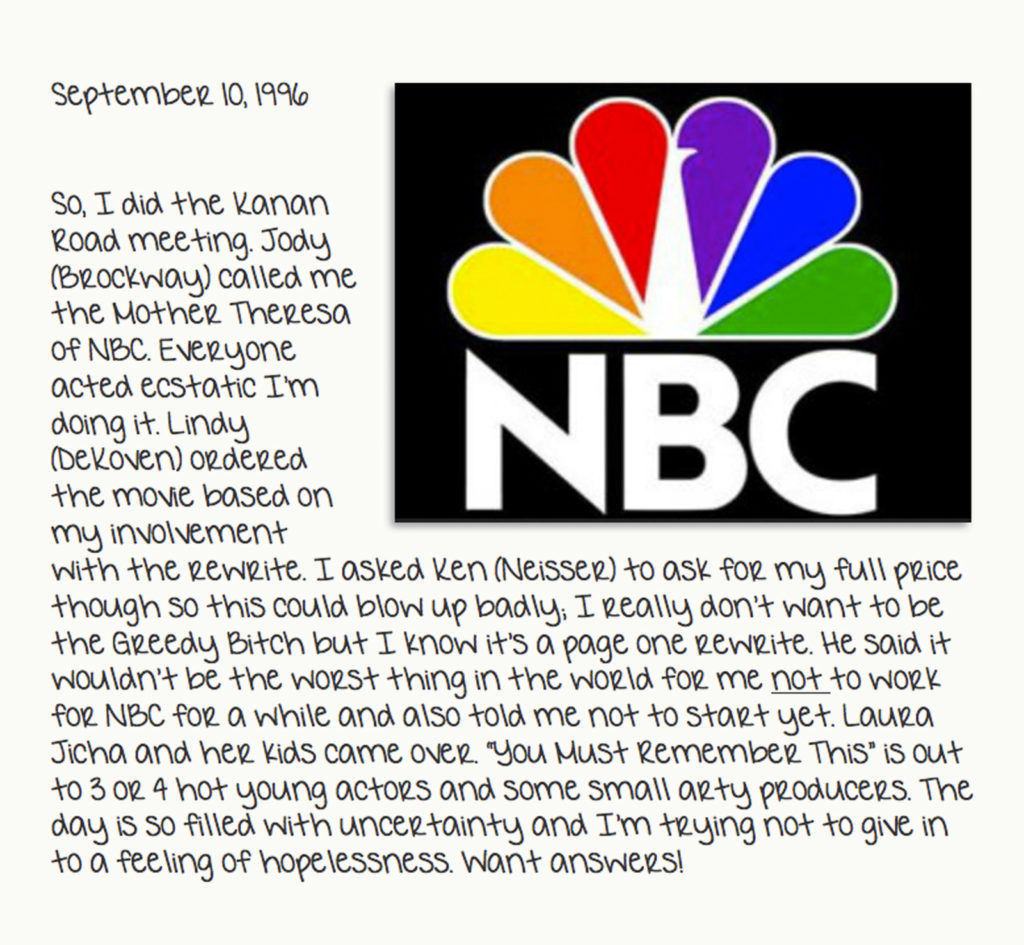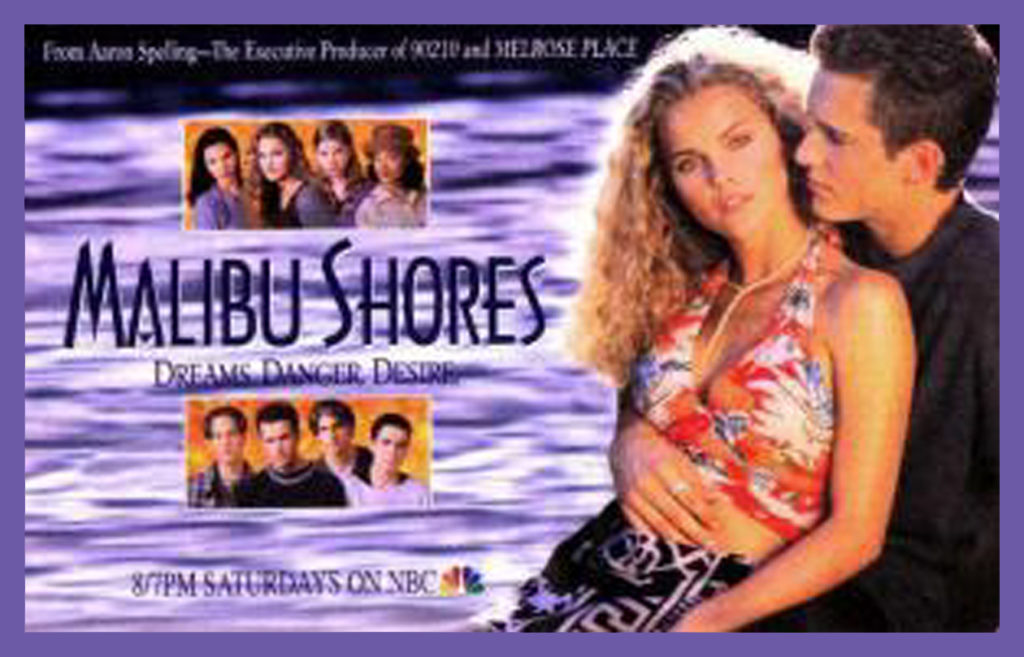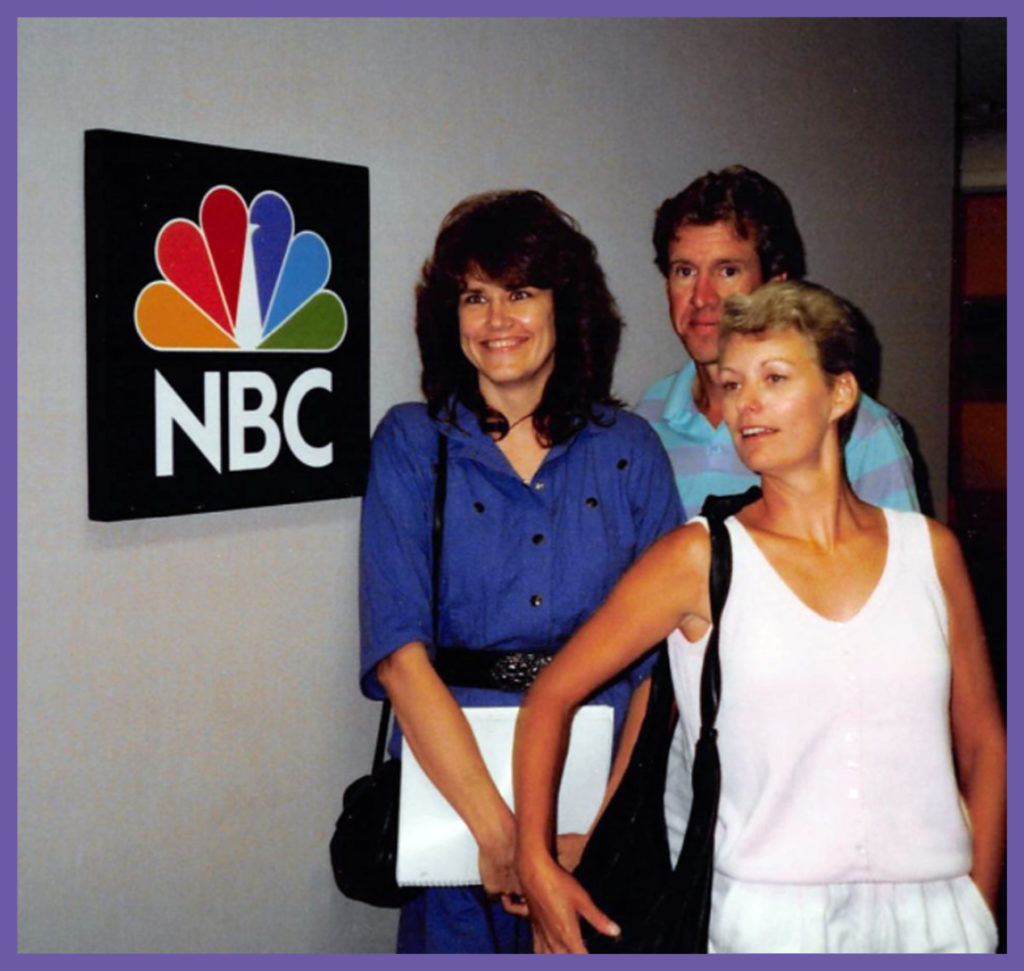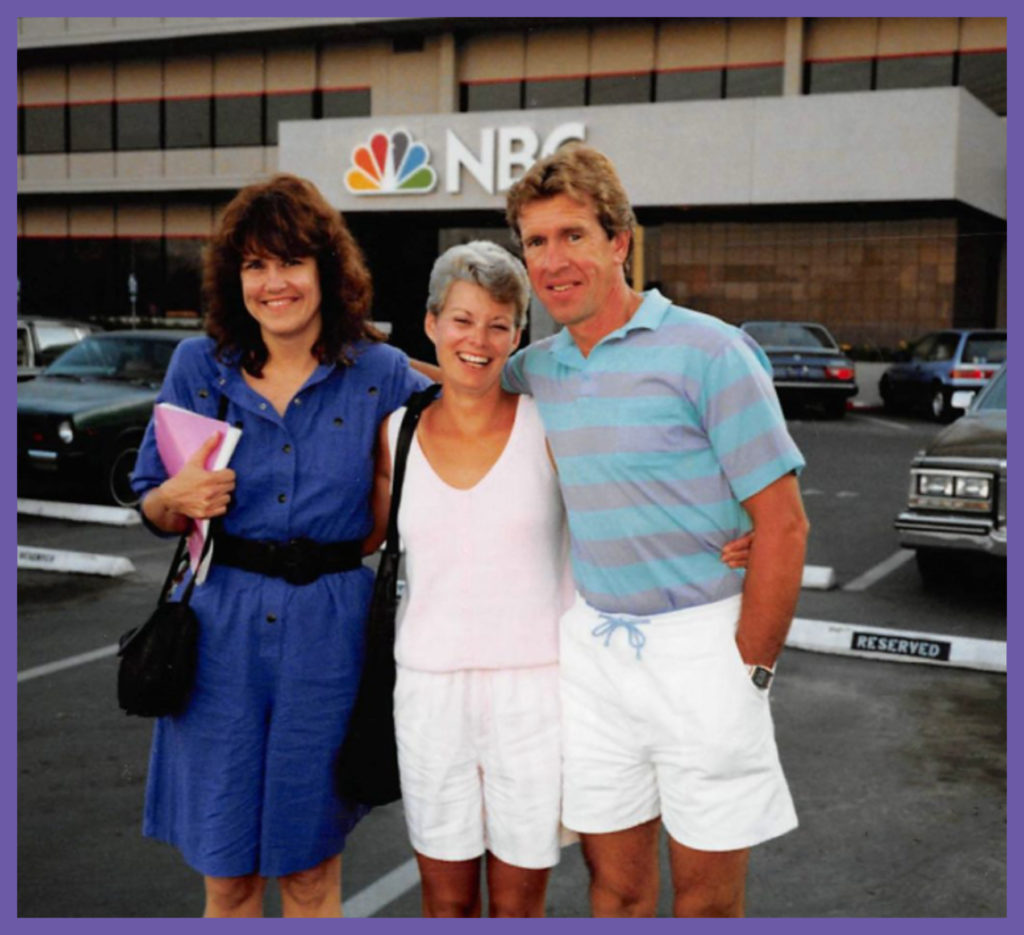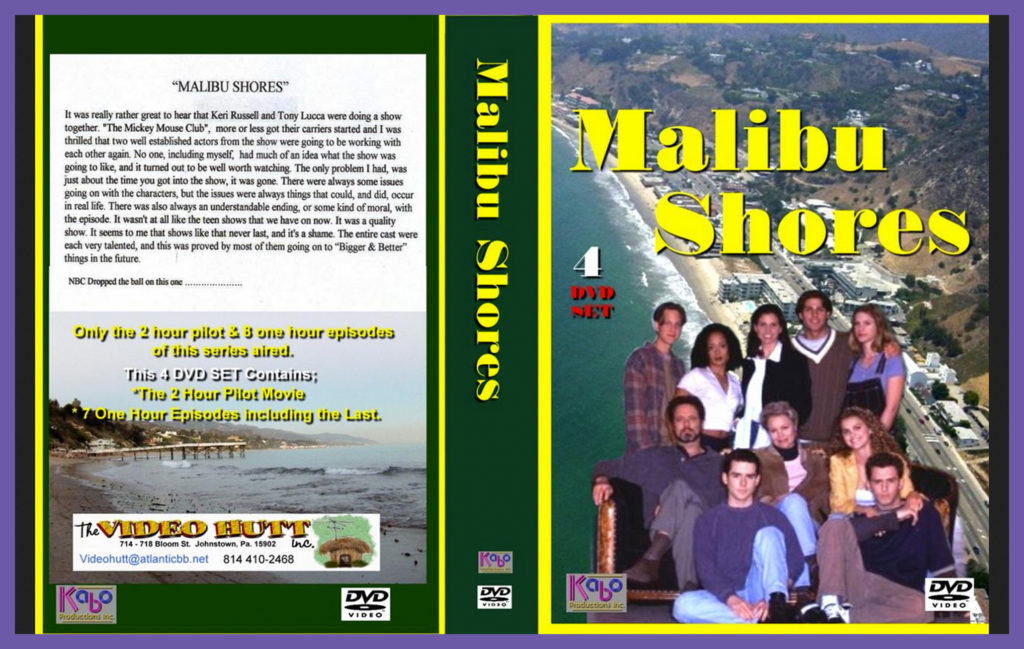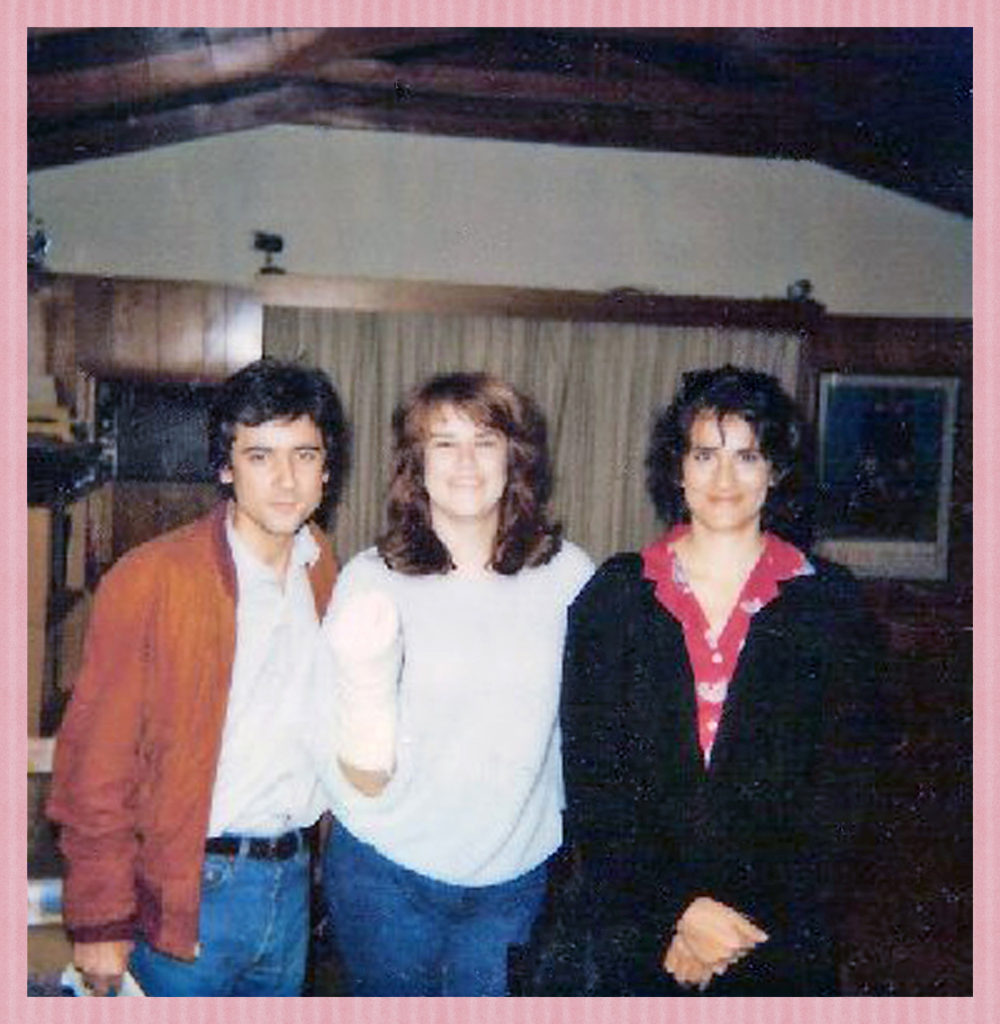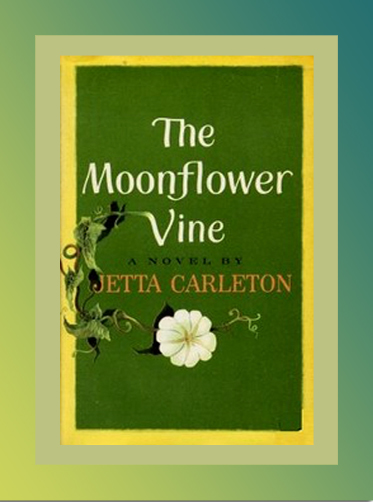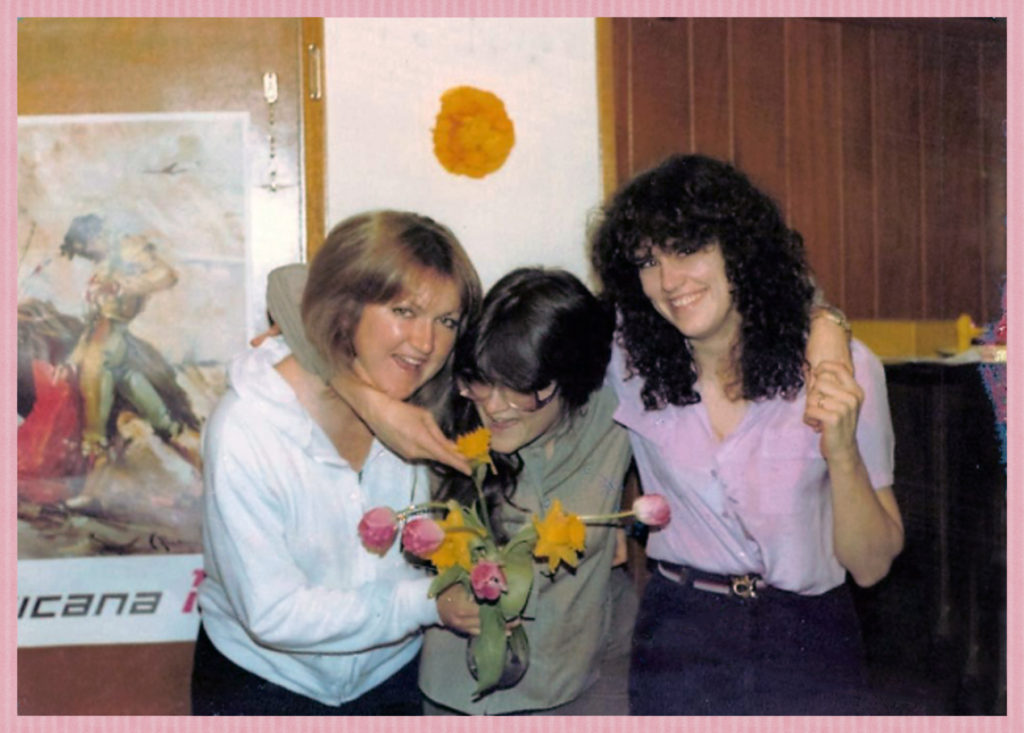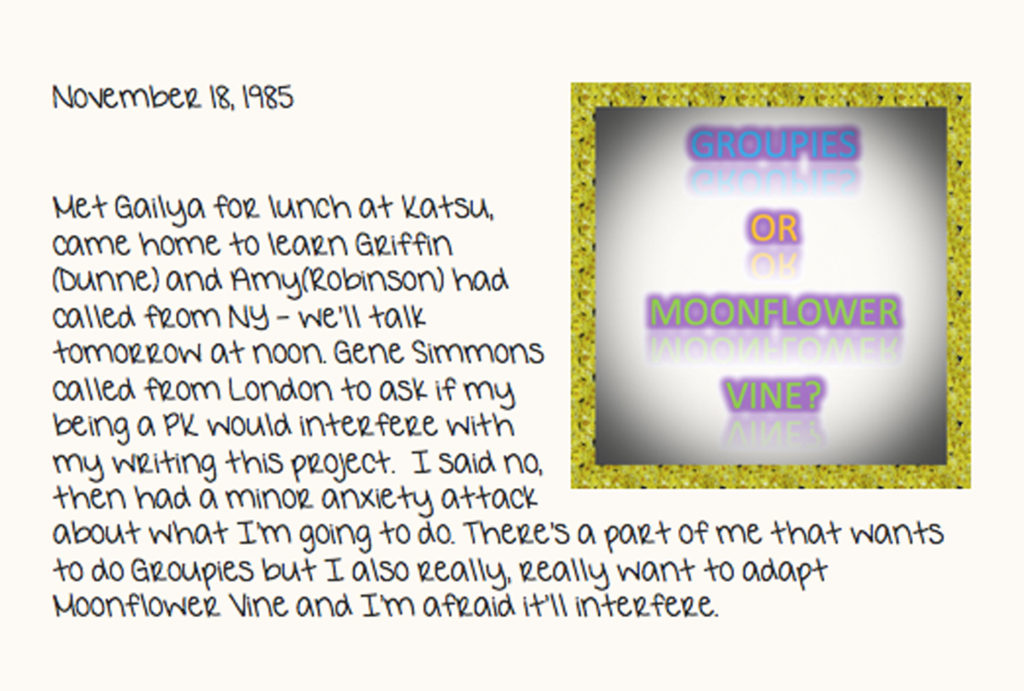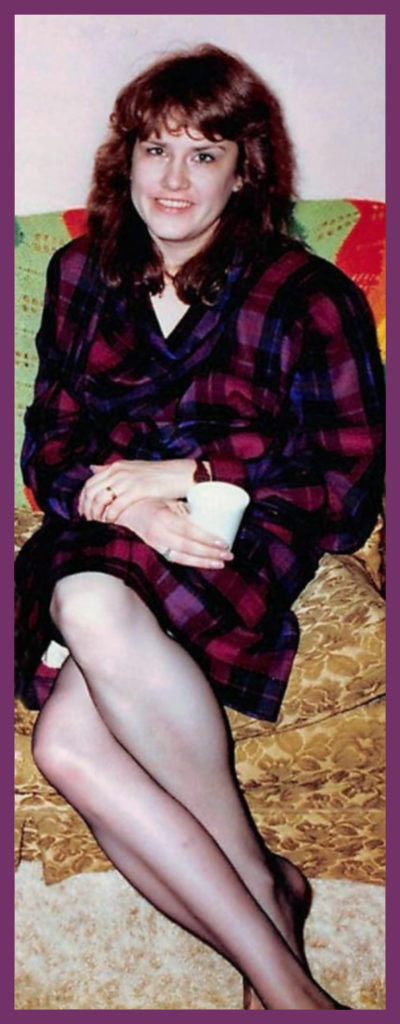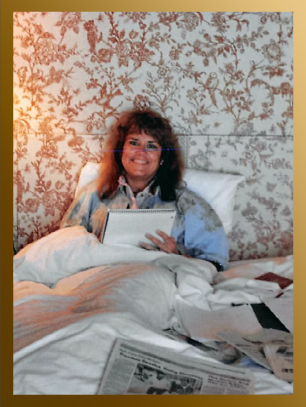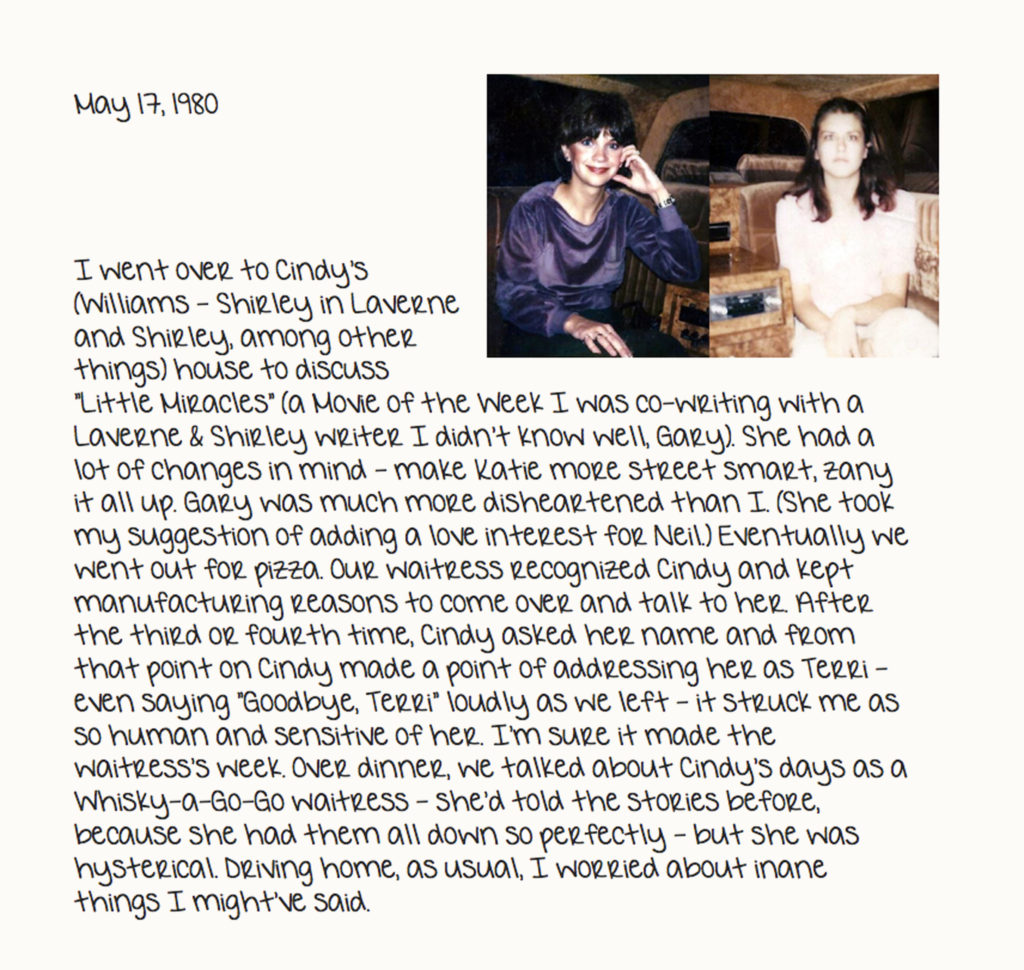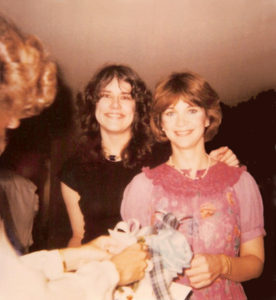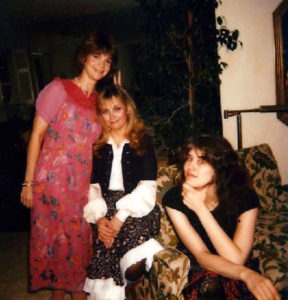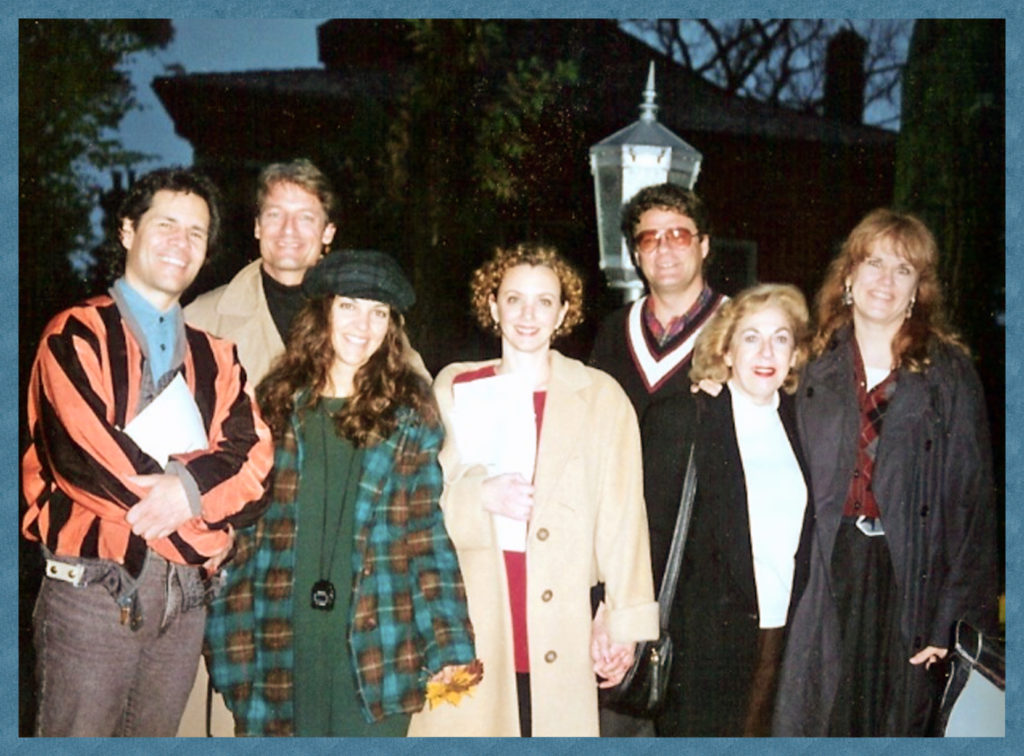
This was the first and only time I traveled to the set of one of the MOW’s I wrote (other than shows that shot in LA, in which case I might drive ten miles – to Occidental, for instance, where they shot “She Cried No”). I’m not complaining – it’s boring on set unless you’ve got a job (and maybe even then, just saying). I was excited about a trip to Minnesota, especially with Joe Maurer, Brad Wigor and Felice Gordon, three producers who became friends. The fact they issued the invitation to me at all speaks volumes about how well they treated their writers.
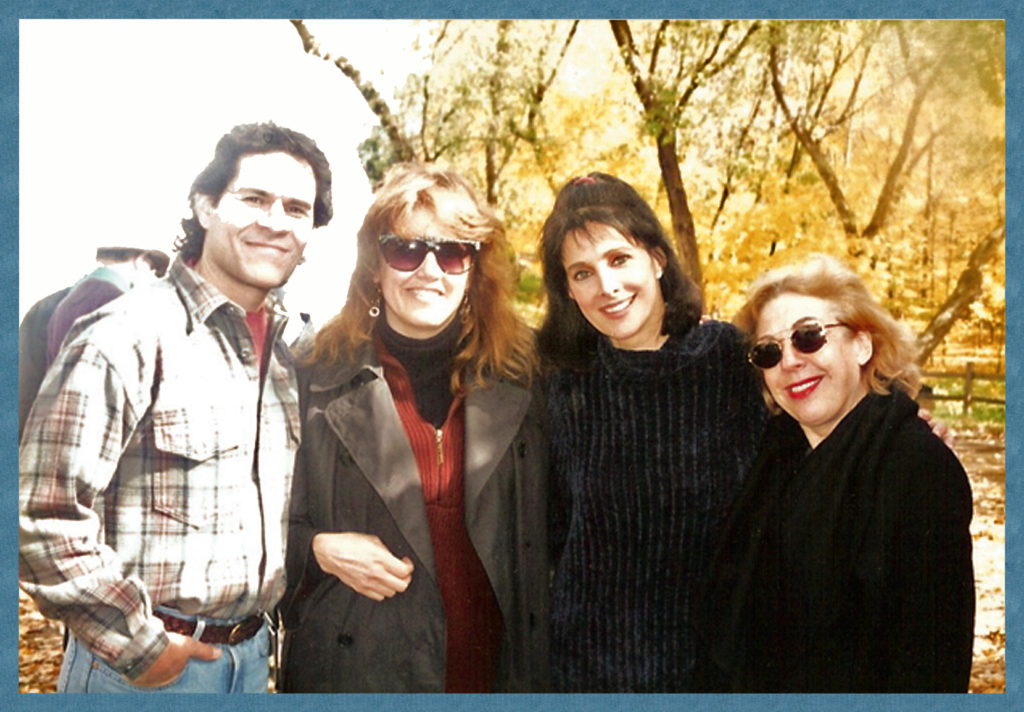
In Minnesota, I sat through a table reading of the script – an extremely high-tension exercise for me. It’s mortifying when a line I wrote – especially a line intended to be funny – dies in front of the full cast and crew. There’s no ambivalence; it’s not a judgment call. Lines work or not and the thud is deafening when they don’t. I say nothing, draw a skull beside the clunker in the script, and slink down further in my folding chair. If I don’t die of humiliation, I’m expected to fix what I failed to get right the first time – fast. This close to production, every wasteful delay bleeds money.
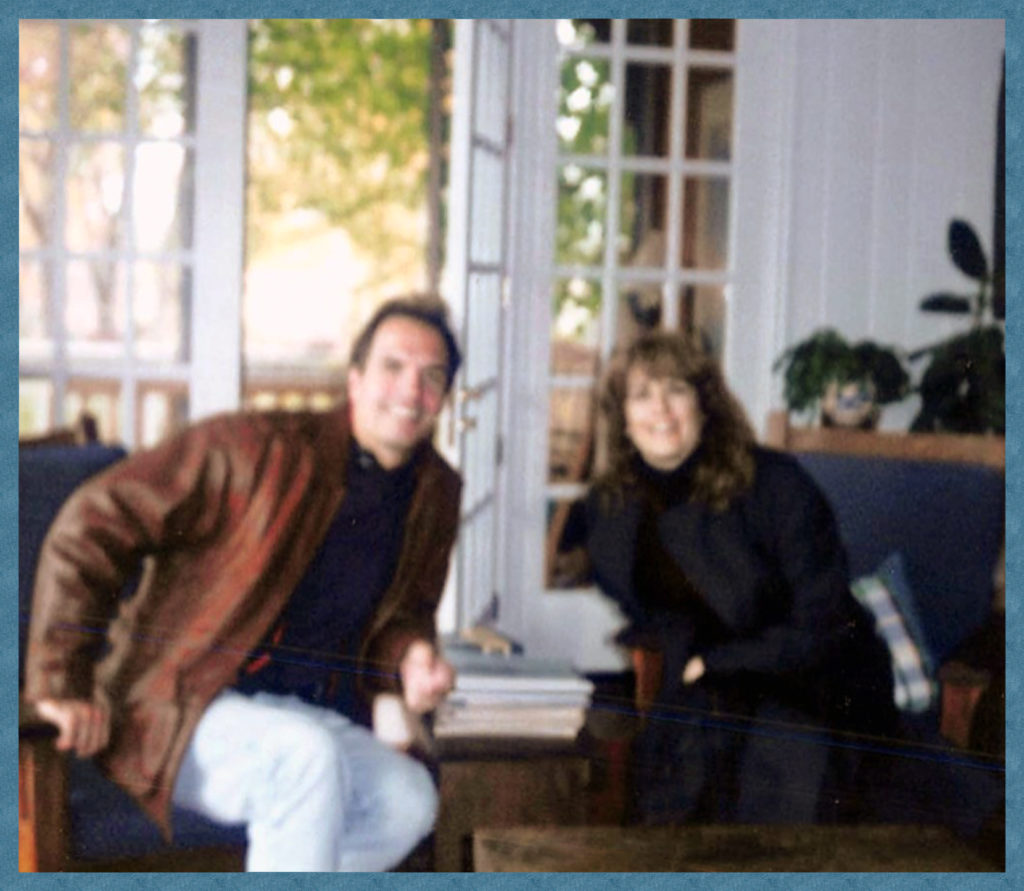
After the reading, I accompanied Joe, Brad and the director – Bill Corcoran – on a location scout. By sheer coincidence (or cosmic design, you decide), we drove past Bethesda Lutheran, the hospital where I was born. In honor of this karmic connection, Corcoran insisted I leap out of the van and pose for a historic photograph (see below).
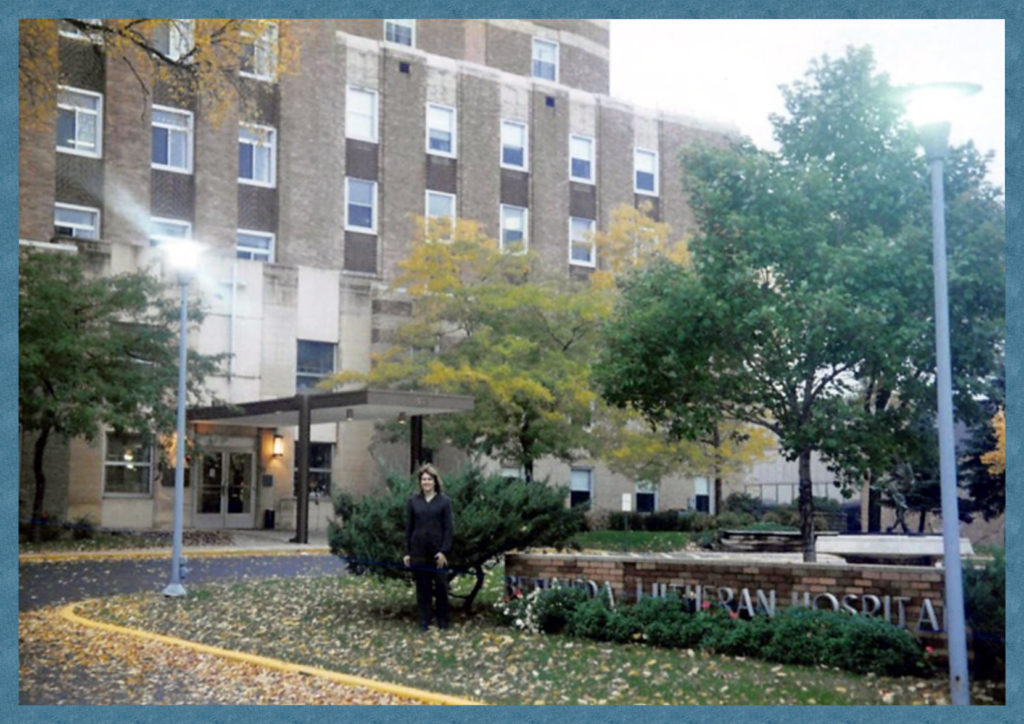
I sat by Felice on the return trip to LA and – along with other fascinating facts – discovered Felice was Jean Shrimpton’s manager when Jean was the ultimate supermodel girls like me longed to look like.
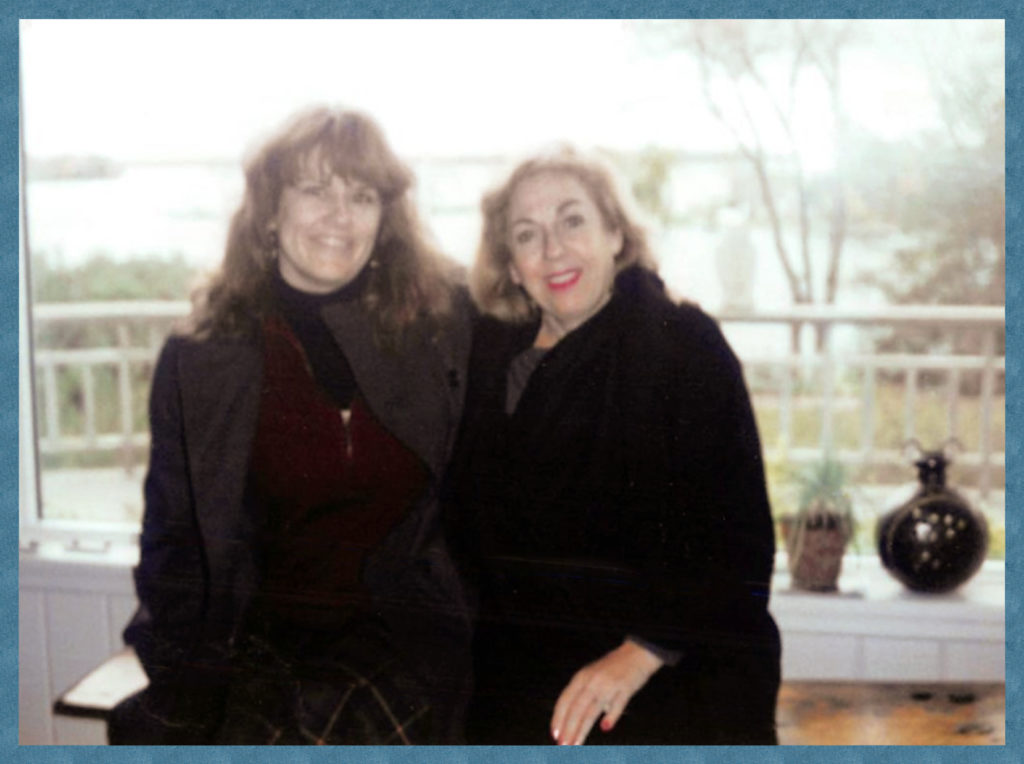
As if this wasn’t enough excitement, my youngest hit double-digits and turned ten. Too much was happening, too fast. And I loved every minute of it.
